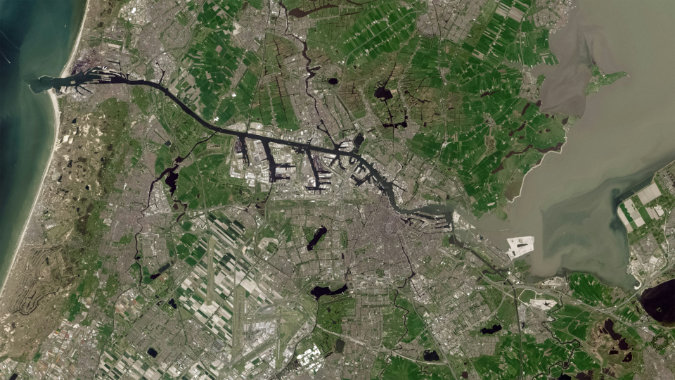

SAR Interferometry for Monitoring of Land Surface Deformations
August 10, 2022 @ 10:00 am - 11:00 am +04
Remote sensing datasets and techniques have proved their capability to monitor the Earth’s surface by providing invaluable information about natural phenomena and anthropogenic activities. Radar remote sensing has a privilege over optical remote sensing by it is the independency of illumination source and weather. SAR Interferometry techniques are the most valuable tools for land surface deformations. The development of these tools has increased along with enormous SAR satellite missions launched in the last two decades, such as Sentinel-1, TerraSAR-X, ALOS-1/-2, Radarsat-1/2, etc. SAR Interferometry techniques measure the land surface movement in millimetric resolution. These techniques have been developed in order to monitor land surface subsidence, landslides, earthquakes, moving objects like cars and ships, and sea ice drift and glacier flow.


